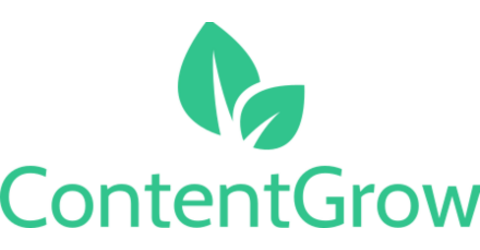Google’s Q2 earnings top US$96B as AI bets intensify
A flurry of AI features helped Google outpace expectations in Q2. Here's what marketers need to know
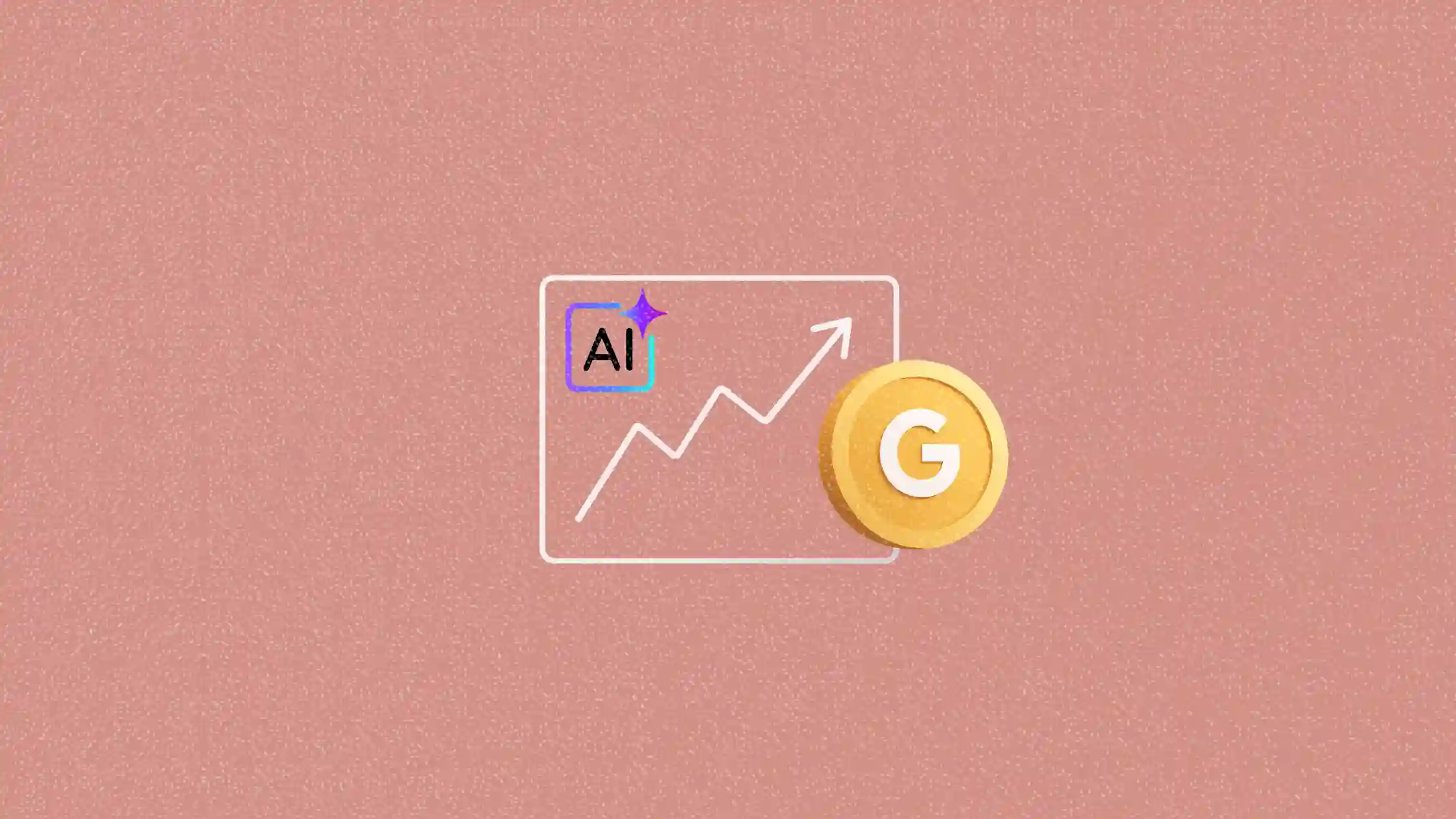
Google just posted another big quarter, and AI is at the heart of it. Alphabet, Google’s parent company, reported US$96.4 billion in Q2 revenue, up 14% year-over-year and ahead of Wall Street expectations.
With a full slate of AI product rollouts, including advanced search enhancements, creative tools like Veo 3 and Gemini image-to-video, and a US$249.99-per-month premium AI subscription, Google is going all-in on artificial intelligence to defend its dominance.
This article explores the specific AI investments behind the growth, the implications for search and advertising, and what marketers should take away as Google’s digital ecosystem continues to evolve.
Short on time?
Here’s a table of contents for quick access:
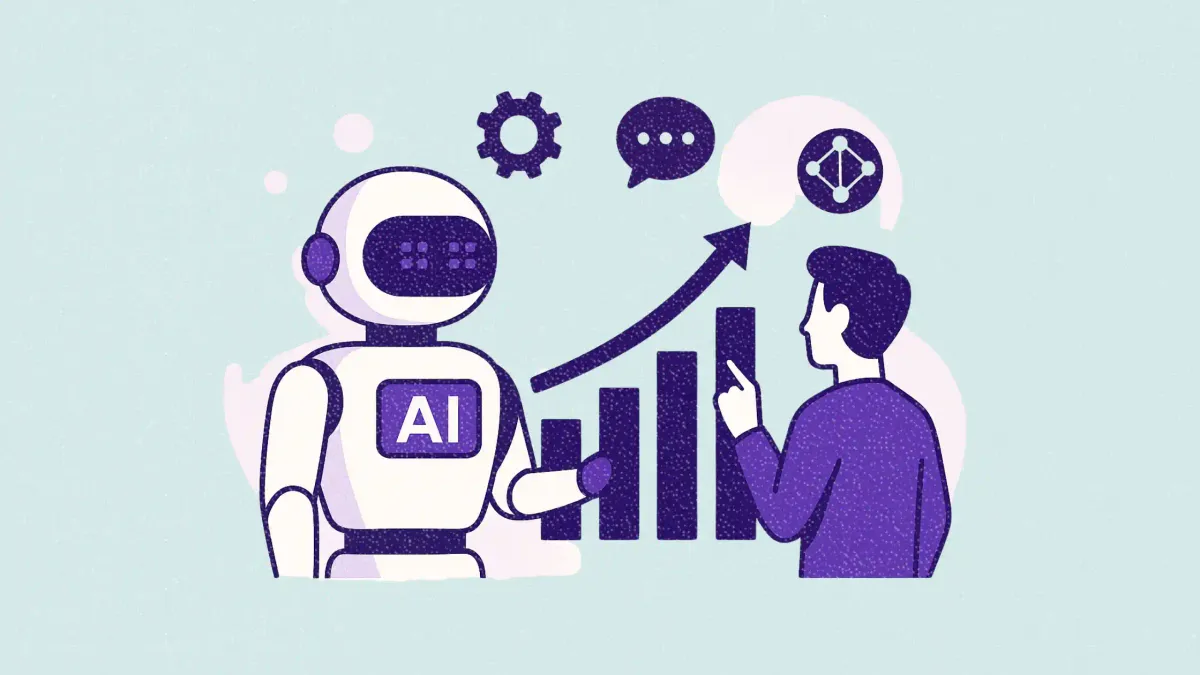
Google's Q2: A numbers recap
Alphabet pulled in US$96.4 billion in Q2 revenue, driven largely by its core businesses:
- US$54.1 billion from Google Search and related platforms like Gmail and Maps
- US$9.8 billion from YouTube advertising, with strength in both direct response and brand campaigns
- 450 million monthly active users on the Gemini AI app
These topline results are backed by a flurry of AI-related announcements that made Q2 one of Google’s most aggressive quarters in recent memory.
Notably, its AI-generated Overviews feature, an opt-in experience that summarizes complex search queries, has over 2 million monthly active users and is boosting engagement.
Where AI is driving growth
Google’s current AI push touches nearly every product category. Major highlights this quarter include:
- An updated family of Gemini reasoning models
- The launch of Veo 3, an advanced video-generation system
- A new browser-based AI agent called Project Mariner
- Gemini-powered image-to-video tools
- Ads integrated into AI-enhanced search experiences
Sundar Pichai highlighted that AI Overviews alone are driving over 10% more queries for relevant searches globally. He also noted that these AI features are increasing user engagement, especially among younger audiences, as they learn to ask more complex, personalized queries.
Google has also made bold talent investments to support its AI expansion. It named DeepMind alum Koray Kavukcuoglu as its first Chief AI Architect and acquired startup Windsurf in a US$2.4 billion deal that secured cofounder Varun Mohan.
Not all changes are additive. The company confirmed it offered buyouts to some employees in its Search and Ads division, aligning with Alphabet CFO’s earlier note on the need for cost reductions as AI spending climbs. The company plans to invest US$75 billion in AI this year.
What marketers should know
Google’s AI momentum brings both opportunities and growing complexity for marketers. Here’s what to watch:
1. AI Overviews are reshaping the SERP
Marketers need to adapt their SEO strategy as Google increasingly surfaces AI-generated summaries. These Overviews now pull traffic from traditional blue-link results, which could impact click-through rates. Testing how your content performs in AI-enhanced SERPs will be critical.
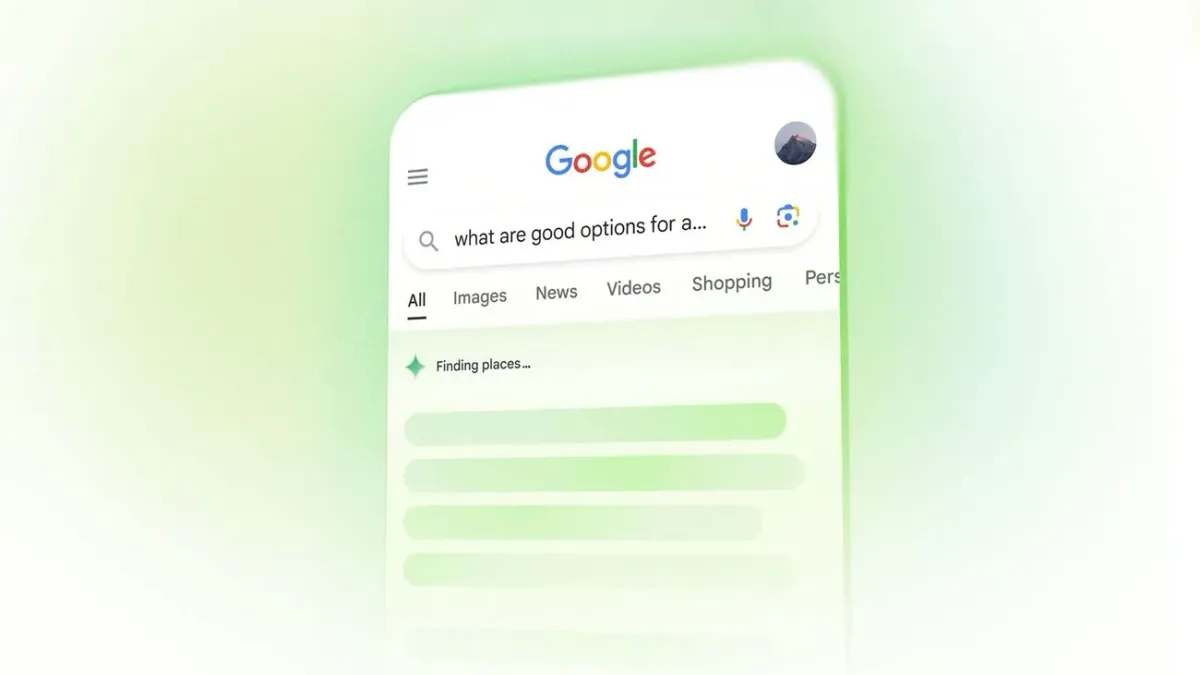
2. Search ads are changing
With ads now appearing in AI Mode, the search ad landscape is shifting. This format may offer new placements but will likely require different optimization strategies. Performance marketers should start preparing for more dynamic ad environments where creative quality and contextual relevance will matter more.
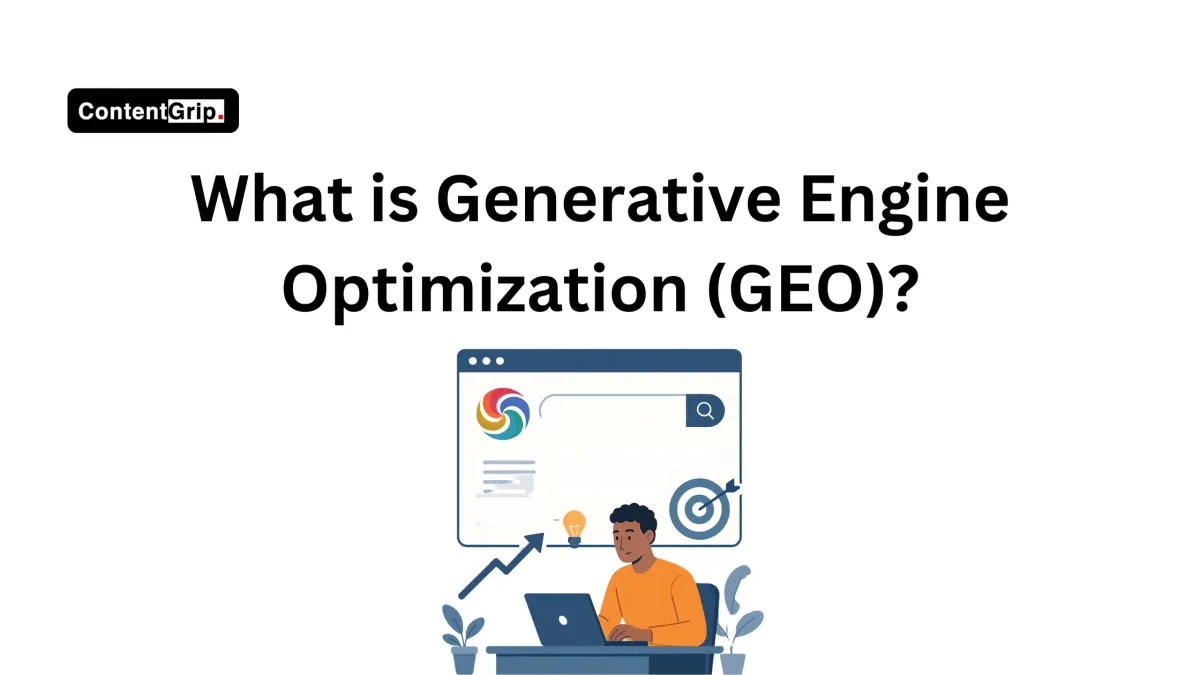
3. YouTube is staying resilient
Despite TikTok and Instagram Reels competing for short-form video consumption, YouTube ad revenue continues to grow. Direct response remains strong, signaling that brands are still finding reliable ROI here. Keep an eye on YouTube as a high-performing paid channel, even in a diversifying attention economy.
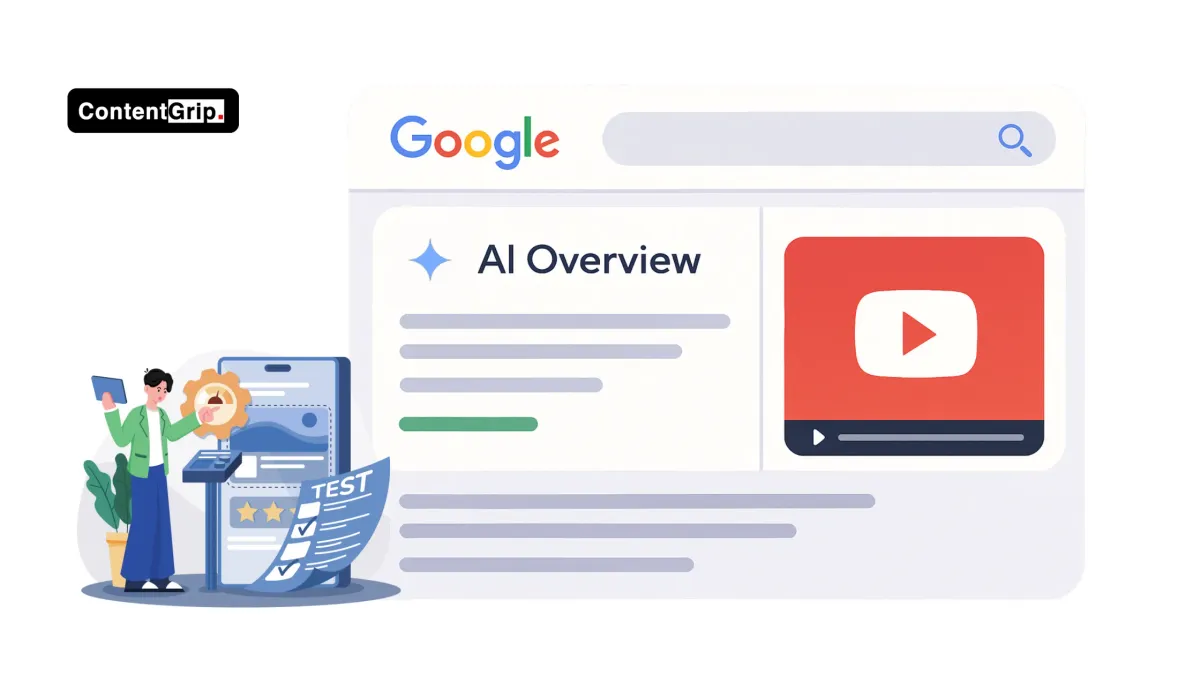
4. Don’t ignore Project Mariner
Google’s new AI agent for the browser may still be in its early days, but it signals where search could go next. If Mariner gains traction, it could change how users interact with the web, meaning organic and paid traffic strategies may need to evolve alongside it.
As AI integration continues, marketers should expect more experimentation from Google, along with more volatility in how users discover content. The old rules of search visibility are being rewritten.
